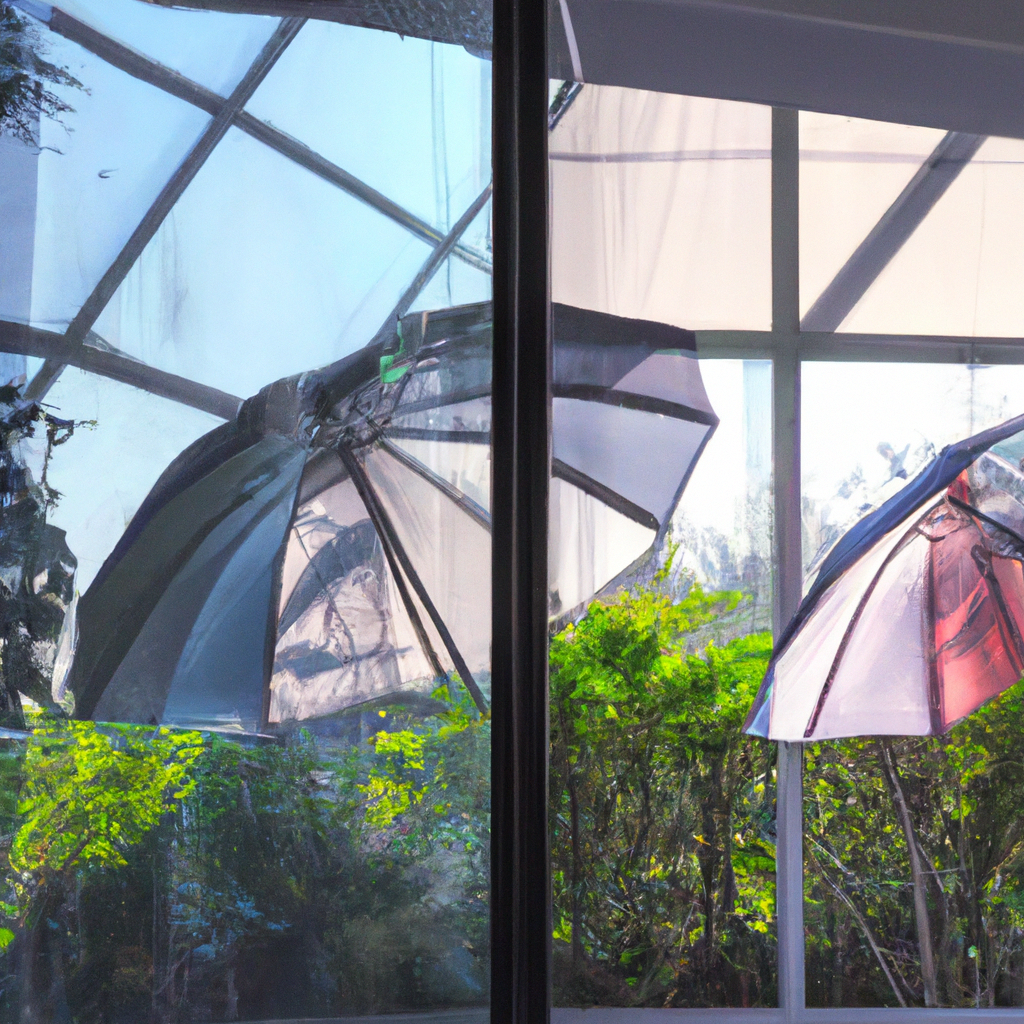Biophilic design is a growing trend in sustainable architecture that seeks to integrate natural elements into buildings. This approach focuses on creating an indoor-outdoor connection and fostering a sense of biophilia, or love of nature, within a space. The principles of biophilic design are essential to creating eco-friendly buildings that are not only beautiful but also promote well-being and health. In this article, we will explore the principles of biophilic design in architecture and how they can be applied to create sustainable and nature-inspired buildings.
Principle #1: Connection with Nature
The first principle of biophilic design is to establish a connection with nature. This can be accomplished through incorporating natural elements into the design of a building, such as water features, plants, and natural light. By doing so, occupants can experience the calming and restorative benefits of nature, which can improve their overall well-being and productivity.
Principle #2: Natural Shapes and Forms
The second principle of biophilic design is to incorporate natural shapes and forms into the design of a building. This can include curves, waves, and other organic shapes that mimic the natural world. These shapes and forms can help reduce stress and promote relaxation, creating a calming and comfortable environment for occupants.
Principle #3: Natural Materials
The third principle of biophilic design is to use natural materials in the construction of a building. This can include materials such as wood, stone, and clay, which are renewable and non-toxic. Using natural materials can also help reduce the carbon footprint of a building and promote sustainability.
Principle #4: Biomorphic Forms and Patterns
The fourth principle of biophilic design is to incorporate biomorphic forms and patterns into the design of a building. Biomorphic forms mimic organic shapes found in nature, such as leaves, flowers, and vines. These forms can create a sense of tranquility and relaxation, helping occupants feel more connected to nature.
Principle #5: Light and Space
The fifth principle of biophilic design is to maximize natural light and space in a building. This can be achieved through the use of large windows, skylights, and open floor plans. By doing so, occupants can experience the benefits of natural light, which can improve mood and reduce stress.
Principle #6: Colors and Textures
The sixth principle of biophilic design is to use colors and textures that evoke a natural environment. This can include colors such as green, brown, and blue, as well as textures such as wood and stone. Using these colors and textures can help create a calming and restorative environment that promotes well-being.
Principle #7: Multi-Sensory Experience
The seventh principle of biophilic design is to create a multi-sensory experience for occupants. This can be achieved through incorporating elements such as sound, smell, and touch into the design of a building. For example, the sound of water or the scent of plants can create a sense of calm and relaxation.
In conclusion, the principles of biophilic design in architecture are essential to creating sustainable and nature-inspired buildings that promote well-being and health. By incorporating natural elements, shapes, forms, materials, colors, textures, and multi-sensory experiences into the design of a building, architects can create a space that fosters a connection with nature and promotes a sense of biophilia. This approach to architecture not only benefits the occupants of a building but also the environment, as it promotes sustainability and reduces the carbon footprint of a building. As we continue to face environmental challenges, biophilic design offers a solution that is both beautiful and functional, creating buildings that are in harmony with nature.







